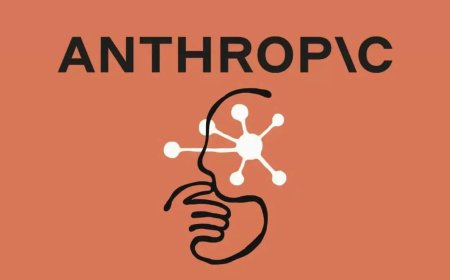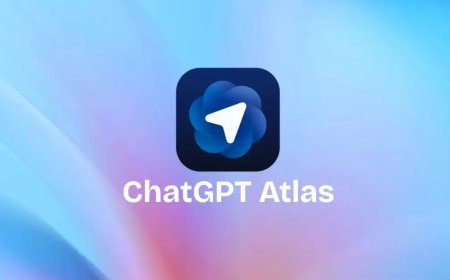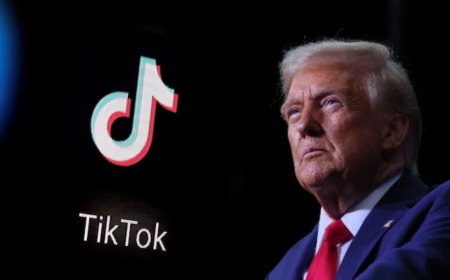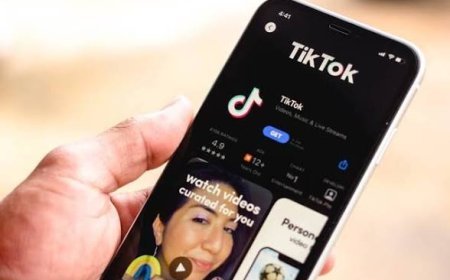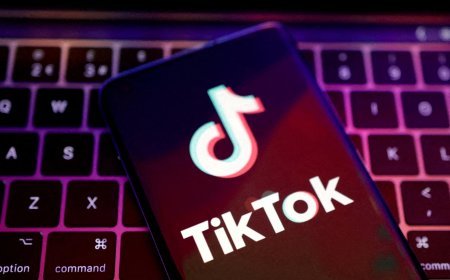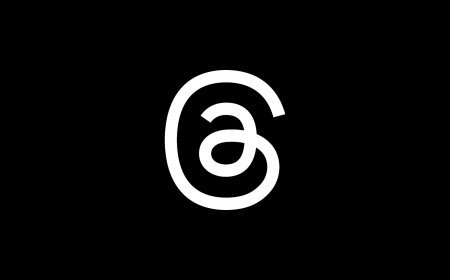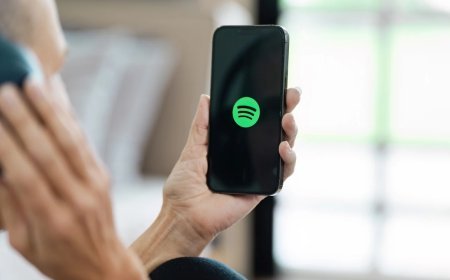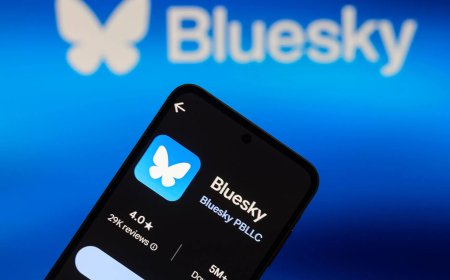The Beginning of the End for Non-US TikTok Creators’ Monetization?
The landscape of social media monetization is shifting dramatically, and creators outside the United States may soon face their most difficult challenge yet. With TikTok preparing to launch a U.S.-only version of its app, many international creators are bracing for what could effectively be the end of their access to the highly lucrative U.S. audience.

Reports confirm that TikTok is building a new standalone version of the app for U.S. users, known internally as “M2.” This version will come with its own data infrastructure and its own recommendation algorithm—separated from the global TikTok platform.
On paper, the move is about U.S. data security and regulatory compliance. But for creators abroad, the deeper implication is clear: if the U.S. version is isolated, then non-U.S. creators will no longer be prioritized—or possibly even shown—in U.S. feeds.
That’s a huge blow, considering the U.S. remains the single largest market for influencer marketing spend. Without U.S. views, the value of sponsorships and creator payouts could collapse for those outside American borders.
The Domino Effect: Could Other Platforms Follow?
TikTok may be the first to wall off the American audience, but the industry rarely moves in isolation. Speculation is already growing that YouTube, Meta (Instagram and Facebook), and even Snapchat could begin restricting the reach of non-U.S. creators to U.S. audiences.
Why would they do this? The reasons are compelling:
- Regulatory pressure: As governments push harder on data localization and algorithm transparency, U.S. regulators may demand similar U.S.-only versions of other major apps.
- Advertising efficiency: Brands often pay premiums for U.S. impressions. Platforms might create “geo-fenced” creator ecosystems that favor domestic creators, ensuring advertisers know exactly who is producing content for U.S. users.
- Content control: A U.S.-centric feed allows platforms to avoid geopolitical controversies by prioritizing domestic content.
What This Means for Creators Outside the U.S.
If these trends accelerate, creators outside the U.S. could face:
- A steep drop in U.S. views even if they currently have large American followings.
- Lower monetization opportunities, since brand deals often target U.S. consumers.
- A need to pivot toward local or regional audiences—markets that often have smaller budgets for influencer marketing.
In short, the “creator middle class” outside the U.S. could shrink, while only the very largest global stars find ways to stay visible internationally.
For now, TikTok’s U.S. split is just one app’s response to political and regulatory pressure. But if YouTube or Instagram adopt similar strategies, the internet’s promise of a borderless audience for creators may be coming to an end.
The global creator economy could soon look a lot more like traditional media: localized, segmented, and dominated by domestic players.
What's Your Reaction?
 Like
0
Like
0
 Dislike
0
Dislike
0
 Love
0
Love
0
 Funny
0
Funny
0
 Angry
0
Angry
0
 Sad
0
Sad
0
 Wow
0
Wow
0




